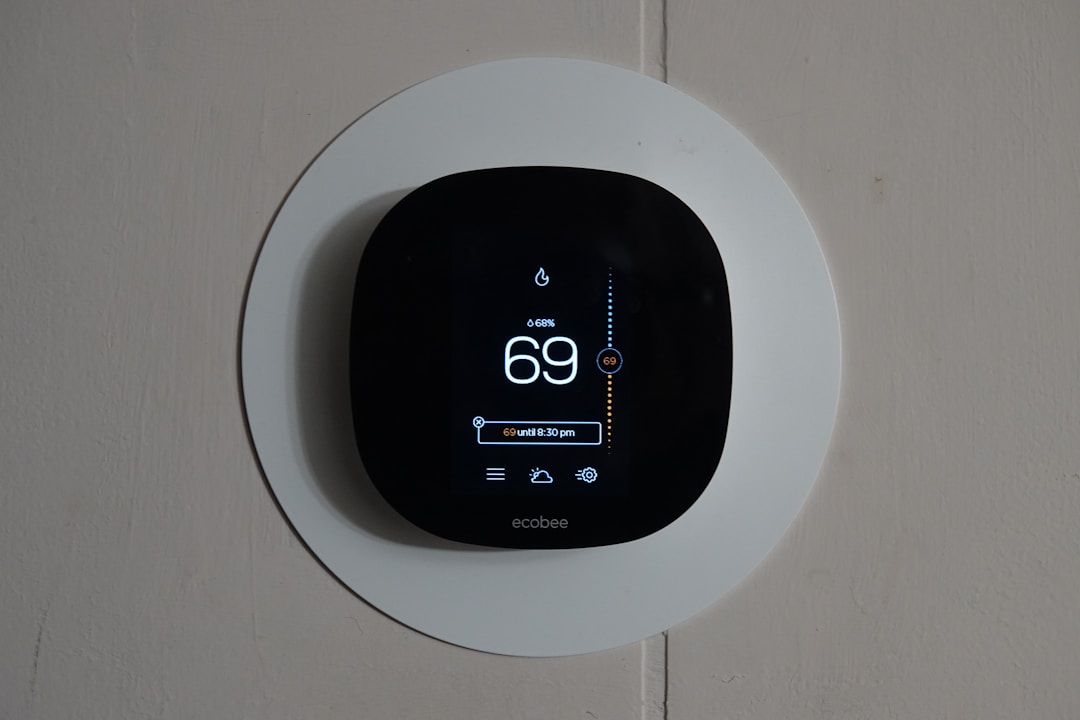Your furnace could get a hefty workout during the winter months, depending on where you live. As the temperatures outside plummet, your furnace may have to work overtime to keep your home warm and comfortable. Given the amount of work your furnace has to do, it is essential to keep a close eye on your heating system and watch for any signs of trouble. If your furnace quits working on a winter night, you may be left out in the cold, literally.
One particular issue that you should watch for is a problem known as short cycling. If you notice your furnace cycling on and off multiple times over the hour, you may have a problem that needs to be addressed soon. An average furnace will operate two to three times an hour to maintain a consistent temperature in the house. While several variables could impact your heat system’s cycle, if you notice a pattern that isn’t normal, you may have a problem.
On average, experts agree that your furnace should last about 20 years. With proper maintenance and care, however, you can extend the life of your equipment by several years. Even with the best care, though, your furnace will begin to wear out at some point. If your furnace has reached the 20-year mark, short cycling could be a symptom of your aging equipment. Aside from age, there are several other reasons you may experience problems with your furnace cycle. Let’s take a look at some causes of furnace short cycling.
1. Faulty Thermostat

Your thermostat is the control center of your heating system and tells your furnace when to cycle on and off. If your furnace is short cycling and turning off and on too quickly, your thermostat should be considered as a possible cause. Several things could be causing your thermostat to malfunction and call for heat at irregular intervals. The most common problem is an electrical issue with the wiring or batteries inside the thermostat. Over time, the batteries will die, and wiring could wear out. Additionally, if your controls are in direct sunlight or near another heat source, it could skew the reading and cause the thermostat to turn on and off irregularly. A qualified HVAC technician can help diagnose any issues with your thermostat.
2. Damaged or Dirty Flame Sensor
If your gas furnace shuts off too quickly, you could have a damaged or dirty flame sensor. A flame sensor tells your system if a flame is present when your gas valve is open. If there isn’t a flame, the sensor will shut off the gas valve to keep the gas from leaking into your home. If the sensor has become corroded or is dirty, the flame won’t register and will turn off the gas valve and cause your system to shut down. If your furnace is short cycling, a service technician can inspect the flame sensor for possible issues.
3. Overheating

Your furnace is designed to shut off if it becomes too warm. The equipment is engineered to prevent damage to internal parts such as the heat exchanger and gas burners. If your furnace is short cycling, it could result from restricted airflow, causing the system to overheat. Typical causes of airflow issues include blocked furnace exhaust pipes and clogged air filters. If your furnace is filled with dirt, dust, and contaminants, you may experience several problems, including short cycling. To prevent your furnace from overheating and short cycling, be sure to check your air filters regularly, remove any items and debris blocking vents, and schedule regular preventative maintenance.
If your furnace is turning off and on too quickly, it could be a sign of other problems with your equipment. If you notice issues with short cycling, you should have an HVAC technician come and inspect your equipment and thermostat for any possible malfunctions.

